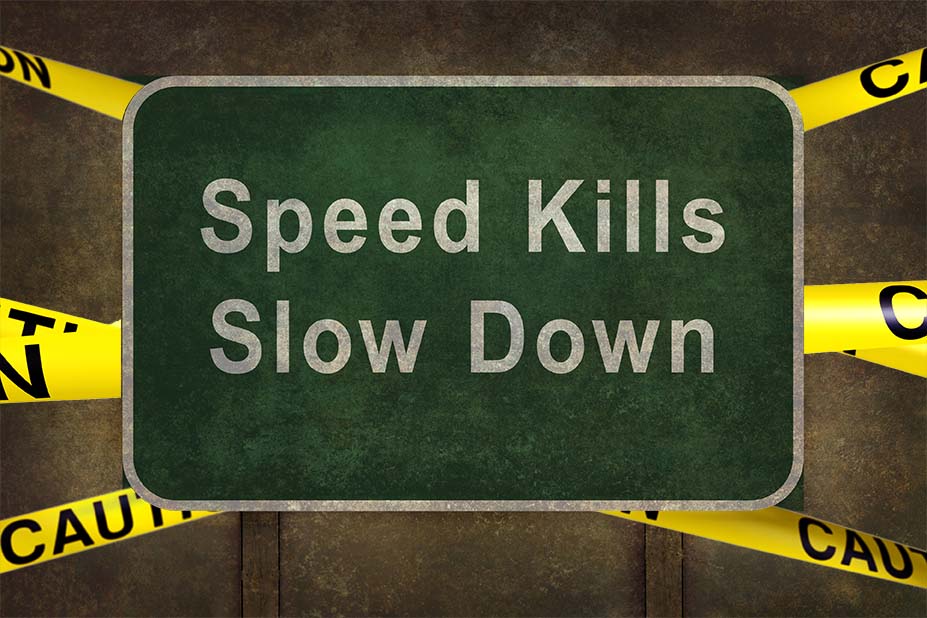A Cut Above Post Challenge Debrief

Now that the A Cut Above Challenge is completed, It’s a good idea for us to examine what happened. What went wrong? What went right? What can each of you do better the next time? What happened that you weren’t prepared for, etc. The end result of our debrief is student accountability. What’s more, as important it is that each of you look back and take an honest perspective of what happened, the information you gather in this article should also help you understand how to prepare for future scratch challenges. The 10 bullet points below will help you better hone your craft so read them carefully.
STUDY
Master scratchers like Grandmixer D.St, Mix Master Ice, Cash Money, Aladdin, Q-Bert and D Styles are masters for a reason. Go back, as far back as GrandWizzard Theodore (the DJ who invented scratching) and give everybody a listen. Study their techniques. Study their approaches. Even if it sounds time consuming, I guarantee you, it’s not a waste of time. Understanding the evolution of scratching will provide the necessary context you need to personalize what you’re learning as effectively as the scratch sages have.

SPEED KILLS
It doesn’t mean a thing if it ain’t got that swing! They say speed kills and this may be true. But depending on how you implement it as a scratcher, speed can also kill the vibe in your cuts. Every scratch solo should have its fair share of riffs or something your listener will remember, we achieve this via rhythm. So remember, when you play fast, lock into some sort of relevant pocket of rhythm within the music so that your solo doesn’t sound like nonsense.

CREATE SPACE
I’m a minimalist so I appreciate space in music. There are moments during a solo where I just won’t scratch. Being aggressive can be cool when it’s done in spurts. Striking that balance between scratching and silence is my ultimate goal though. The contrast between the two helps me punctuate my scratch voice more effectively.

INTERACTION
I don’t care how many individual scratches you’ve picked up along the way, how they interact with each other is what matters most to me. A scratch solo should be looked at as one overall creative expression, not fragmented moments of, “Look what I learned!”

FINGERPRINTS
When I’m soloing, I’m less worried about showing off who’s scratches I know and more concerned with allowing my distinct scratch style to reveal itself. So It’s fitting we use our fingers to scratch because the method with which you approach scratching should be no different from each individual scratcher’s fingerprint, unique! Study what other scratchers do but don’t imitate. Otherwise you’ll be stuck with someone else’s style and that’s not fun. Memorizing a scratch the way someone else did it only makes you dope AT COPYING!

HAVE FUN
Break down all limits. The fun part of being creative is having no boundaries. Stand by what you feel in your heart. It’s about self-expression. The purer that is when you’re practicing, the more you facilitate a pathway to discovering ideas that are hidden inside you.

DON’T OVER PRACTICE
I don’t believe practicing 5 hours a day necessarily makes you better. Polish composer and virtuoso pianist Frederic Chopin told one of his pupils, ““Once again I repeat – don’t play more than two hours a day; that is quite enough during the summer.” It’s OK to have a life off the turntables. In fact, I encourage it because we bring our life experiences to DJing. Practice daily, but don’t over do it.

SCRATCH LIKE YOURSELF
Be sincere in how you scratch. Articulate your cuts in a way that’s personal to you. Learning the theory behind scratching is good but at the end of the day, if you can’t feel what you’re doing you’re scratching from memory. You are your heart, not your mind.

BEGINNER’S MIND
I have fond memories of training with my mentor Dr, Butcher and having him tell me, “Today Rob, let’s forget we know how to DJ. Let’s approach today’s practice as if we’re discovering this art for the first time.” Every now and then, forget what you know. This is how you stumble across new ideas and grow.

BE PATIENT
Forward is forward, despite the speed with which you’re moving. Don’t be in such a rush to get good at scratching that you rush the process of mastery. Train but don’t overtrain. When you plant seeds into the Earth, you add water, yes! But moderately. The transformation from seeds to plants is what it is. Dumping buckets upon buckets of water into the soil in hopes of speeding up the process will only cause the seeds to rot. Don’t put a deadline on achieving proficiency. Simply do your part and Nature will handle the rest.



2 Comments on A Cut Above Post Challenge Debrief
Comments are closed.